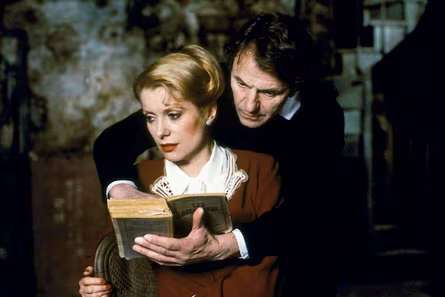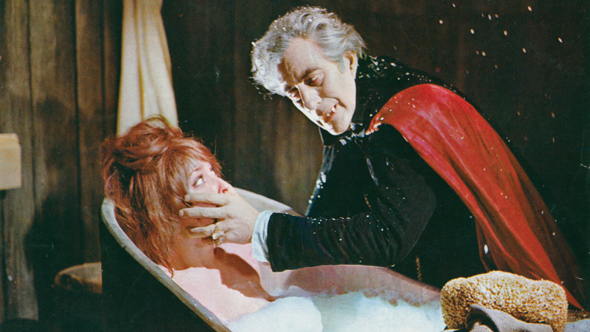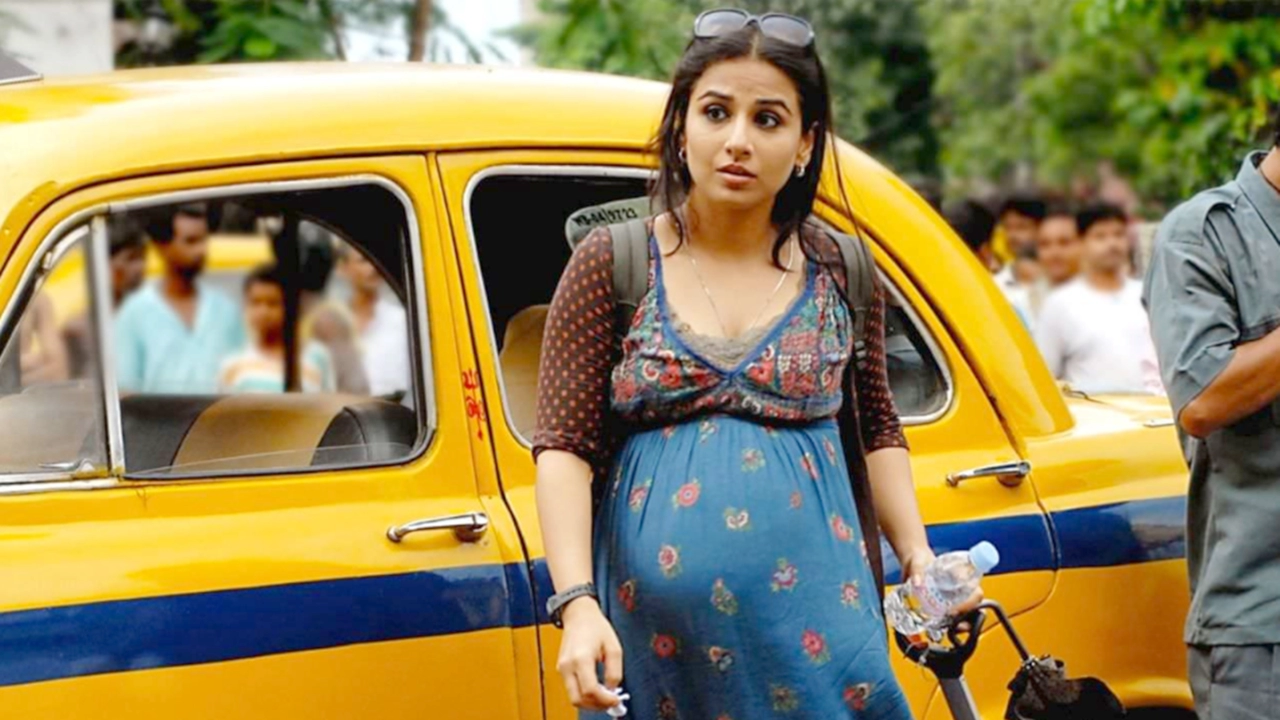love4livi.com – François Truffaut’s The Last Metro (1980) is a poignant and suspenseful drama set in Paris during the Nazi occupation. This cinematic gem offers a unique perspective on the resilience of the arts and the human spirit, even in the darkest of times.
A Theater Under Siege
The film centers around a renowned theater director, Marion Steiner (Catherine Deneuve), who continues to run her theater despite the challenges posed by the German occupation. Her husband, Bernard (Gérard Depardieu), a Jewish actor, is forced to go into hiding, leaving Marion to navigate the complexities of running the theater alone.
A Double Life
To protect her husband and continue their artistic endeavors, Marion enlists the help of a struggling actor named Lucien (Jean-Louis Trintignant). Lucien, a collaborator with the Nazis, is initially hesitant to participate in the theater’s productions. However, he is gradually drawn into the world of theater and begins to question his own loyalties.
A Love Story Amidst War
As Marion and Lucien work together, a complex and passionate relationship develops between them. Their love story, set against the backdrop of war and occupation, adds a layer of depth and emotion to the film. The film’s exploration of love, loss, and the power of art is both moving and thought-provoking.
A Tribute to the Power of Cinema
The Last Metro is a love letter to the power of cinema. The film’s stunning cinematography, evocative score, and superb performances capture the magic of theater and the resilience of the human spirit. Truffaut’s masterful direction brings to life a world of intrigue, passion, and courage.
A Timeless Classic
The Last Metro is a timeless classic that continues to resonate with audiences today. Its exploration of love, loss, and the power of art is as relevant as ever. The film’s message of hope and resilience is a reminder that even in the darkest of times, the human spirit can prevail.




